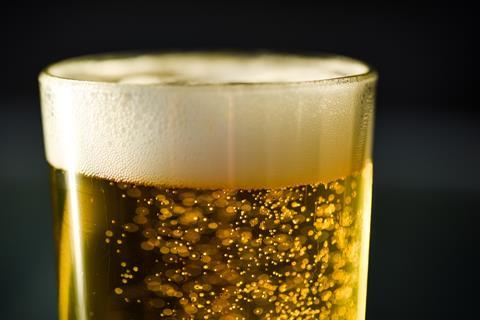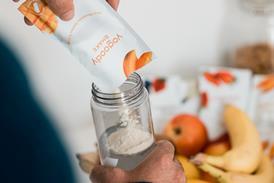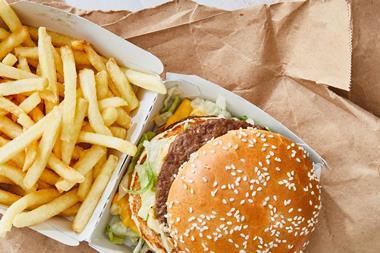
With Christmas just around the corner, the alcohol sector will be licking its lips at the thought of big family gatherings, office parties and a sense of making up for lost time. But the low & no category is also set for its biggest quarter ever, as more people choose to have a night – or three – off the sauce, to finish a little earlier, or to just participate differently.
Maybe you’ve tried Guinness 0.0, Heineken 0.0 or Gordon’s 0.0 – brands that are trusted because of their owners. They have secured prime shelf space and are already delivering significant sales. All ships rise on a rising tide, and there is no doubt their success has contributed to predictions of the low & no-alcohol UK market being worth around half a billion pounds, after growing a whopping 180% during 2021.
And yet, as one leader of a growing non-alcoholic spirit brand put it the other day: “We’re still in the first 10 minutes of the 24-hour clock of this category.”
He has to be right, doesn’t he? Consumers today are just, well, different. If you were 18 in 2008 and now 32, your entire adult life has been dominated by the less-than-intoxicating ABC of austerity, Brexit and Covid – and that is going to shape you.
Covid increased the importance of health and wellness to millions of people across all generations. Add to that the inexorable mix of social media and those who don’t want their boozy evenings digitised and shared for eternity. Then there’s the newfound ability, for at least a few mornings a week, to swap the commute for a run, pilates class, bike ride or PT session. Is it any wonder 55% of drinkers (and 65% of younger drinkers) are now looking to reduce their alcohol consumption?
So, what’s next for this category?
First of all, let’s hope more of the independent low & no brands find their groove. There is clearly room for established alcohol brands adding ‘0.0’ to their name, but I suspect for most consumers, Guinness 0.0 and Heineken 0.0 are easy but uninteresting. Look at the innovation displayed at the Low2No Bev show for evidence. It’s going to be a long time before Diageo ‘does a Coke’ and flips the majority of spend into non-original variants, so now is the time for independents to find their feet.
Second, marketing needs to evolve the story beyond its largely functional focus. The current rational lean is perhaps not surprising as the category has been built by product innovators, not necessarily marketing innovators. However, as with all rational comms, this will only last so long and only do so much.
Consumers need to be emotionally wrapped into the brands they buy. Brands need to develop clear marketing and comms strategies that help evolve the story in consumer minds. If beer is all about fun in a variety of ways, low & no needs to tap into its own human truths – inclusivity, belonging, happiness, friendship – to find and build relevance.
Allied to this is sampling and word of mouth, about which I cannot be clearer: brands must get their product into people’s hands and mouths as quickly as possible. Most don’t yet have the kind of ad budgets needed to cut through and compete against either soft drinks or alcohol brands. Brands must know who their audience is, find them in the real world and let them taste. Find noisy advocates online, and get them to encourage trial.
Third, get beyond Dry January. I get it – a booze-soaked nation with a screaming liver needs a little detox and you want your share. But honestly, it’s a calendar moment to be activated, not a big idea. Health is important, but brands need an angle, and they can’t just expect “hey, no hangover!” to help them stand out.
Four, distribution, distribution, distribution. From five or six interviews I’ve conducted across the sector recently, everyone has said “be everywhere”. Yes, grocery is important, but so is the on-trade, and so (to go back to sampling) is being in unexpected places such as cinemas, gyms and festivals.
Five, do not mistake NPD for brand growth. Adding variant after variant is expensive, time-consuming, prone to going wrong and ultimately leads to a portfolio in which only some SKUs are performing and none are getting the budget, resources or attention they deserve.
Brands would be much better off spending time building their brand itself, putting in hard yards learning which channels and platforms deliver best, and building brick by brick. Do a few things well: Lucky Saint has one variant and is to be all the more admired for it.
Low & no alcohol is a category on the cusp of a major emotional breakthrough with tens of millions of Brits. It’s time to get the range and marketing right.



















No comments yet